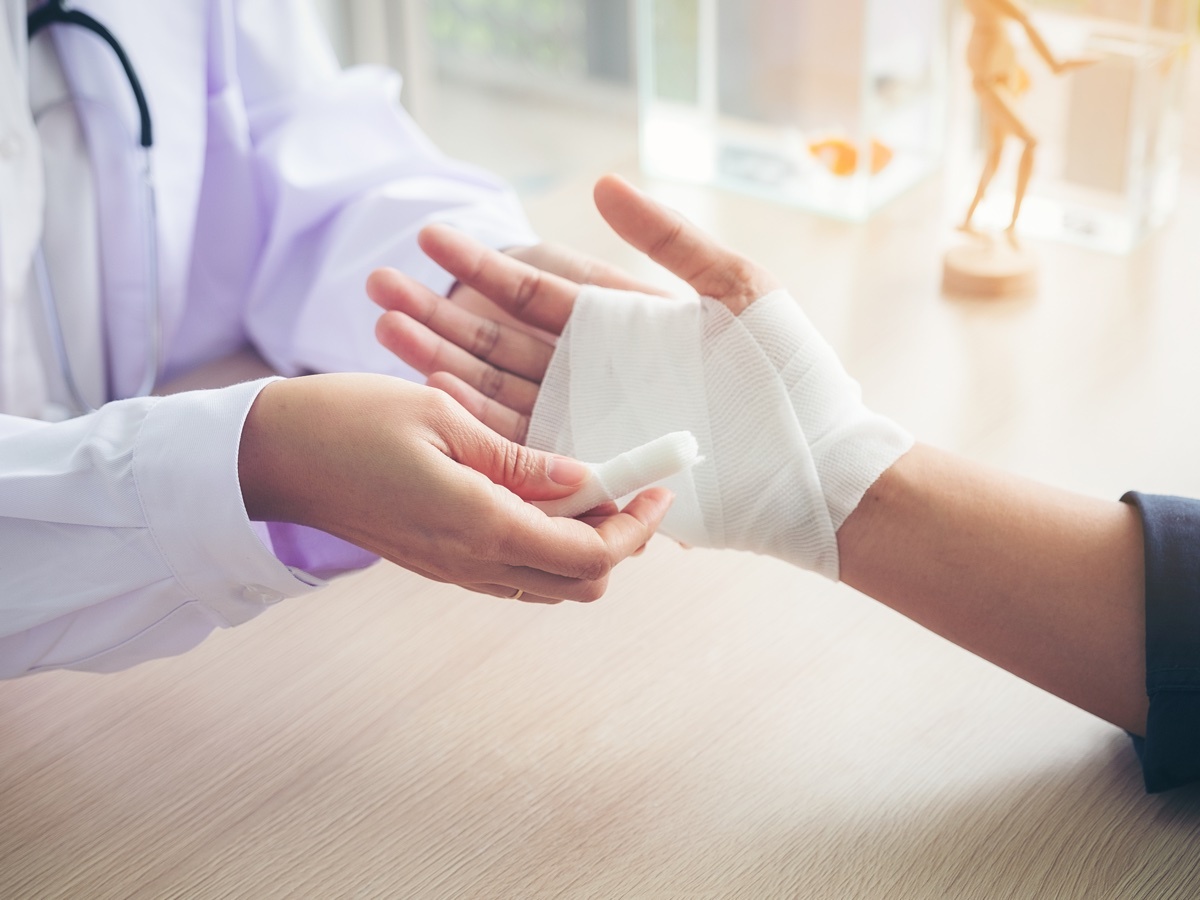Whether from the sun, the grill or a firework, learn what to do or where to go
 Sooner or later, everybody gets burned – by the sun, by the backyard grill or by a potful of steaming water. It’s important to understand the types of burns, how they progress over time, and their treatment. The most common causes of burns are:
Sooner or later, everybody gets burned – by the sun, by the backyard grill or by a potful of steaming water. It’s important to understand the types of burns, how they progress over time, and their treatment. The most common causes of burns are:
- Sunlight or tanning beds
- Fire
- Hot liquid or steam
- Electricity (outlets, electric appliances, etc.)
- Chemicals (lye, gasoline, etc.)
Beyond being painful, burns have the potential to cause further complications depending on their severity and treatment. Because everyday summer activities can lead to a potentially serious burn, it’s important to know what to do when you get one.
Q. What do burn categories mean?
A. First-degree burns are the least-serious, and affect only the outermost layer of skin. Second-degree burns (also known as partial thickness burns) are a little deeper, affecting the outer and underlying layer of the skin. Both can cause redness, swelling, pain and blistering. First- and second-degree burns may or may not require medical attention, depending on the size, depth and affected area.
Third-degree burns (full thickness burns) affect the deep underlayers of the skin. They often cause the skin to become whitened or blackened and numb. Third-degree burns are serious and require prompt medical attention. Burns received from a fire, especially one that might also involve inhalation of smoke or chemicals, require an immediate trip to the ER.
Both first-degree and second-degree burns that are less than 3 inches wide are considered minor. Third-degree burns, and larger second-degree burns (more than 3 inches) or on certain areas of the body (like the face, hands, feet, genitals or joints) should be treated promptly.
Q. What does my body do after it is burned?
A. Immediately after a burn, the body begins to heal. The process includes:
- Inflammation (redness, swelling)
- Granulation tissue formation (new tissue forms at the surface of the burned area)
- Remodeling of skin (may result in scarring)
Additionally, infection is a major caution when body tissue is damaged. The following are the most common issues following burn injuries:
- Bacterial infection
- Shock
- Inflammation
The most important step in preventing further damage or infection involves keeping the burned area clean and properly bandaged.
Q. What should I do if I suffer a burn?
A. If you suffer a minor burn, clean the area with cool water or compresses. Cover the burn with a clean bandage and take over-the-counter pain medication to reduce inflammation.
If a burn is major, cover the burn with clean gauze or cloth, elevate the affected area higher than your head, if possible, and seek immediate emergency medical attention. It’s important to remember not to apply any ointments or products, as they may increase the likelihood of infection and complicate diagnose and treatment.
Treatment depends on the severity and type of burn, and a serious one may require a skin graft, hyperbaric oxygen therapy or even surgery. If the burn is larger than 3 inches in width, covers the hands, joints or face, or causes little-to-no pain – seek emergency care right away. Serious burns may appear white, brown, black, leathery or yellow in color.
Burns can be serious, even if they don’t appear to be. Take the proper precautions and know the steps if injury occurs to keep yourself and others safe.
